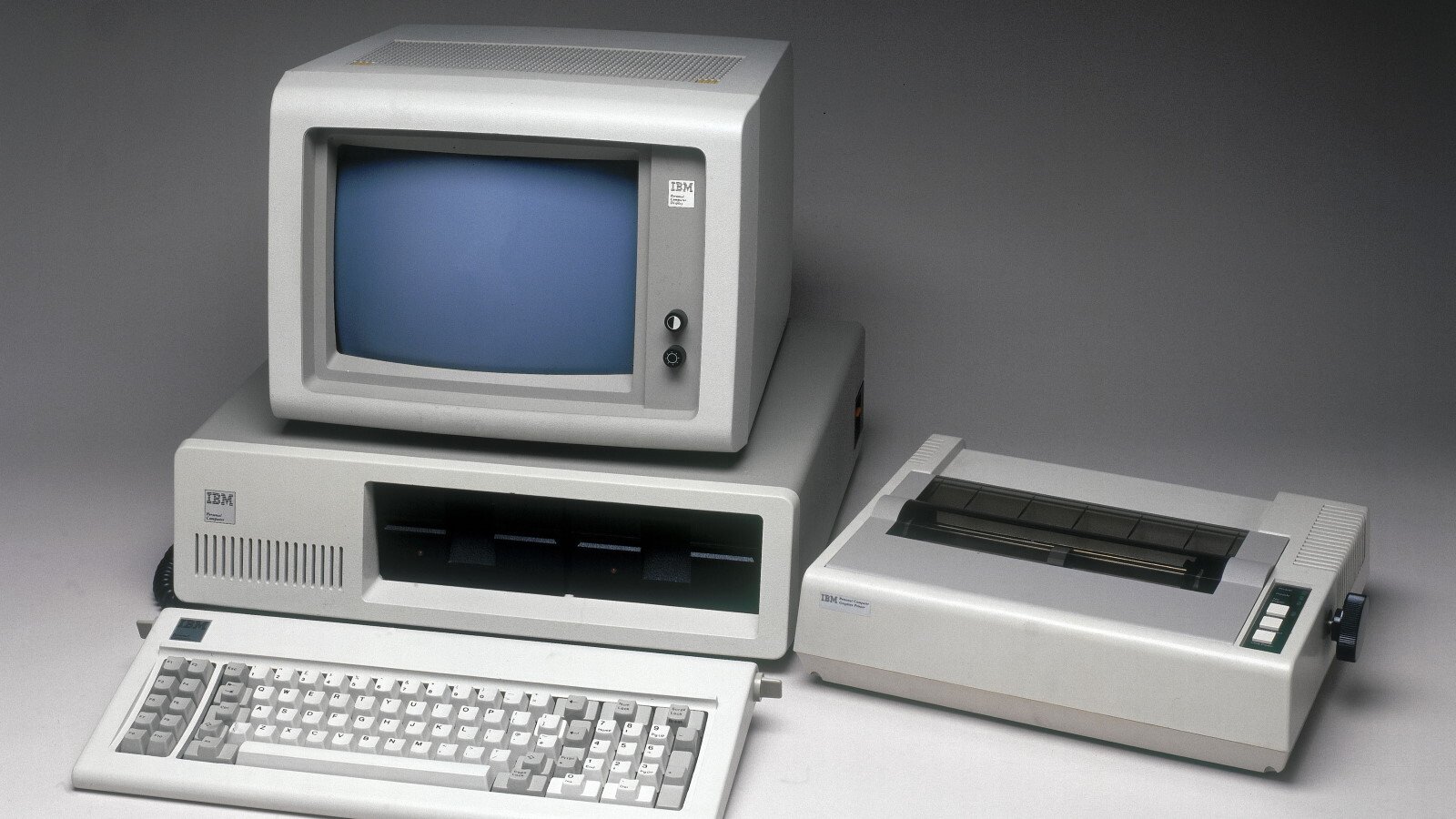
Did you know the IBM PC revolutionized personal computing when it was introduced in 1981? This groundbreaking machine, officially named the IBM 5150, set the standard for future PCs. Why was it so special? For starters, it was one of the first computers to use an open architecture, allowing third-party developers to create compatible software and hardware. This openness led to a boom in the computer industry. What else made it unique? The IBM PC featured an Intel 8088 processor, a whopping 16 KB of memory (expandable to 256 KB), and ran on Microsoft’s MS-DOS operating system. Curious about more? Keep reading to uncover 31 fascinating facts about this iconic piece of technology history.
The Birth of the IBM PC
The IBM Personal Computer, introduced in 1981, revolutionized the computing world. This machine set the standard for personal computers and influenced the design of future models.
- IBM launched the IBM PC on August 12, 1981.
- The model number of the original IBM PC was 5150.
- It was developed in just one year by a team of 12 engineers and designers.
- The IBM PC was priced at $1,565 at launch, equivalent to about $4,500 today.
Technical Specifications
The IBM PC's technical specs were groundbreaking for its time. These features made it a powerful tool for both business and personal use.
- It was powered by an Intel 8088 microprocessor running at 4.77 MHz.
- The IBM PC came with 16 KB of RAM, expandable to 256 KB.
- It featured a 5.25-inch floppy disk drive for storage.
- The machine had a monochrome display adapter (MDA) for text-only display.
- It supported color graphics through the Color Graphics Adapter (CGA).
Software and Operating System
The software and operating system choices for the IBM PC were crucial to its success. They provided users with flexibility and functionality.
- The IBM PC originally ran on PC-DOS, developed by Microsoft.
- It also supported CP/M-86 and UCSD p-System operating systems.
- VisiCalc, the first spreadsheet software, was available for the IBM PC.
- Microsoft released its first version of MS-DOS for the IBM PC.
Expansion and Peripherals
The IBM PC was designed with expansion in mind. Users could customize their machines with various peripherals and add-ons.
- It had five expansion slots for additional hardware.
- The IBM PC supported external hard drives, printers, and modems.
- Users could add a second floppy disk drive for increased storage.
- The machine could be connected to a TV using an RF modulator.
Impact on the Industry
The introduction of the IBM PC had a profound impact on the computer industry. It set standards and influenced future developments.
- The IBM PC's open architecture allowed third-party manufacturers to create compatible hardware and software.
- It led to the creation of the "PC clone" market, with companies like Compaq producing IBM-compatible computers.
- The IBM PC helped establish Microsoft as a major player in the software industry.
- It popularized the use of personal computers in businesses and homes.
Legacy and Influence
The legacy of the IBM PC extends beyond its initial release. Its influence can still be seen in modern computing.
- The IBM PC's architecture became the foundation for future personal computers.
- It introduced the concept of BIOS (Basic Input/Output System) to manage hardware.
- The machine's success prompted IBM to release several successors, including the IBM PC XT and IBM PC AT.
- The IBM PC's design influenced the development of laptops and portable computers.
Cultural Impact
Beyond its technical achievements, the IBM PC also made a mark on popular culture. It became a symbol of the computer age.
- The IBM PC appeared in movies, TV shows, and advertisements, symbolizing technological advancement.
- It was featured in the 1983 film "WarGames," showcasing its role in popular culture.
- The IBM PC became a status symbol for businesses and professionals.
- It was used in schools and educational institutions, introducing students to computing.
Fun Facts
Here are some fun and lesser-known facts about the IBM PC that highlight its unique place in history.
- The IBM PC's development team was nicknamed "The Dirty Dozen."
- IBM's decision to use off-the-shelf parts for the PC was a key factor in its quick development and success.
The Legacy of the IBM PC
The IBM PC changed the world of computing forever. Introduced in 1981, it set the standard for personal computers, influencing design and functionality for decades. Its open architecture allowed other companies to create compatible hardware and software, fostering innovation and competition. This led to the rapid growth of the PC market, making computers accessible to millions.
The IBM PC's impact extends beyond technology. It revolutionized how people work, communicate, and entertain themselves. From businesses to homes, its influence is undeniable. The introduction of the IBM PC also paved the way for the development of the internet, mobile devices, and modern computing.
Understanding the history and significance of the IBM PC helps appreciate the technological advancements we enjoy today. It’s a testament to how a single product can shape an entire industry and change the world.
Was this page helpful?
Our commitment to delivering trustworthy and engaging content is at the heart of what we do. Each fact on our site is contributed by real users like you, bringing a wealth of diverse insights and information. To ensure the highest standards of accuracy and reliability, our dedicated editors meticulously review each submission. This process guarantees that the facts we share are not only fascinating but also credible. Trust in our commitment to quality and authenticity as you explore and learn with us.
